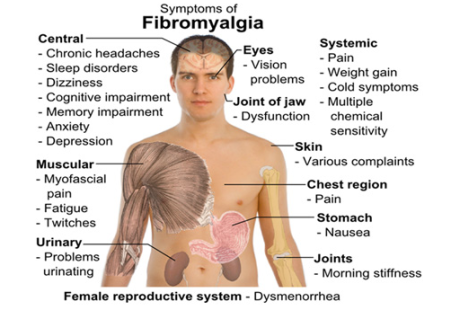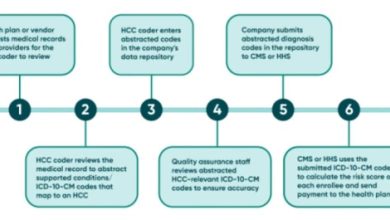Fibromyalgia: Understanding The ICD-10 Codes For Diagnosis
What is ICD 10 code for Fibromyalgia?
Fibromyalgia is a chronic disorder characterized by widespread musculoskeletal pain, fatigue, and tenderness in specific areas of the body. The ICD-10 code for fibromyalgia is M79.7.
Code Information
The ICD-10 code M79.7 is used to classify fibromyalgia in medical records for billing and insurance purposes. It is important to accurately code fibromyalgia to ensure proper diagnosis and treatment.
Diagnostic Related Groups (MS-DRG)

There is no specific MS-DRG related to fibromyalgia as it is a chronic condition that does not typically require hospitalization. However, healthcare providers may use the ICD-10 code M79.7 to track patient outcomes and treatment costs.
Convert to ICD-9 Code
Prior to the implementation of ICD-10, fibromyalgia was classified under the ICD-9 code 729.1. Healthcare providers may still encounter this code in older medical records.
Code History

The ICD-10 code M79.7 for fibromyalgia was introduced in 2015 as part of the updated coding system. It replaced the previous code 729.1 from the ICD-9 system.
Approximate Synonyms
Other terms that may be used to describe fibromyalgia include fibromyositis, fibrositis, and myofascial pain syndrome. These terms are sometimes used interchangeably with fibromyalgia in medical literature.
Clinical Information

Fibromyalgia is a complex condition that is not well understood. It is believed to involve a combination of genetic, environmental, and psychological factors that contribute to the development of widespread pain and other symptoms.
Causes
The exact cause of fibromyalgia is unknown, but researchers believe that abnormalities in the central nervous system may play a role in the condition. Other factors such as genetics, infections, and trauma may also contribute to the development of fibromyalgia.
Symptoms

Common symptoms of fibromyalgia include widespread pain, fatigue, sleep disturbances, and cognitive difficulties. Patients may also experience other symptoms such as headaches, irritable bowel syndrome, and mood disorders.
Diagnosis
Diagnosing fibromyalgia can be challenging as there is no specific test for the condition. Healthcare providers typically rely on a combination of medical history, physical examination, and laboratory tests to rule out other potential causes of symptoms.
Treatment
There is no cure for fibromyalgia, but treatment aims to manage symptoms and improve quality of life. Common treatment options include medications, physical therapy, exercise, and cognitive behavioral therapy.
Conclusion
In conclusion, fibromyalgia is a complex chronic condition that can have a significant impact on patients’ quality of life. Proper diagnosis and management of fibromyalgia are essential to help patients cope with their symptoms and improve their overall well-being.
FAQs
1. Is fibromyalgia a progressive disease?
No, fibromyalgia is not considered a progressive disease. Symptoms may fluctuate over time, but the condition itself does not worsen with age.
2. Can fibromyalgia be cured?
There is currently no cure for fibromyalgia, but treatment can help manage symptoms and improve quality of life.
3. Is fibromyalgia a form of arthritis?
While fibromyalgia is often mistaken for arthritis, it is not a form of arthritis. Fibromyalgia affects the muscles and soft tissues, while arthritis primarily affects the joints.
4. What triggers fibromyalgia symptoms?
Triggers for fibromyalgia symptoms can vary from person to person, but common triggers include stress, weather changes, and physical exertion.
5. Can exercise help with fibromyalgia?
Regular exercise can be beneficial for managing fibromyalgia symptoms, but it is important to start slowly and gradually increase intensity to avoid exacerbating pain.









